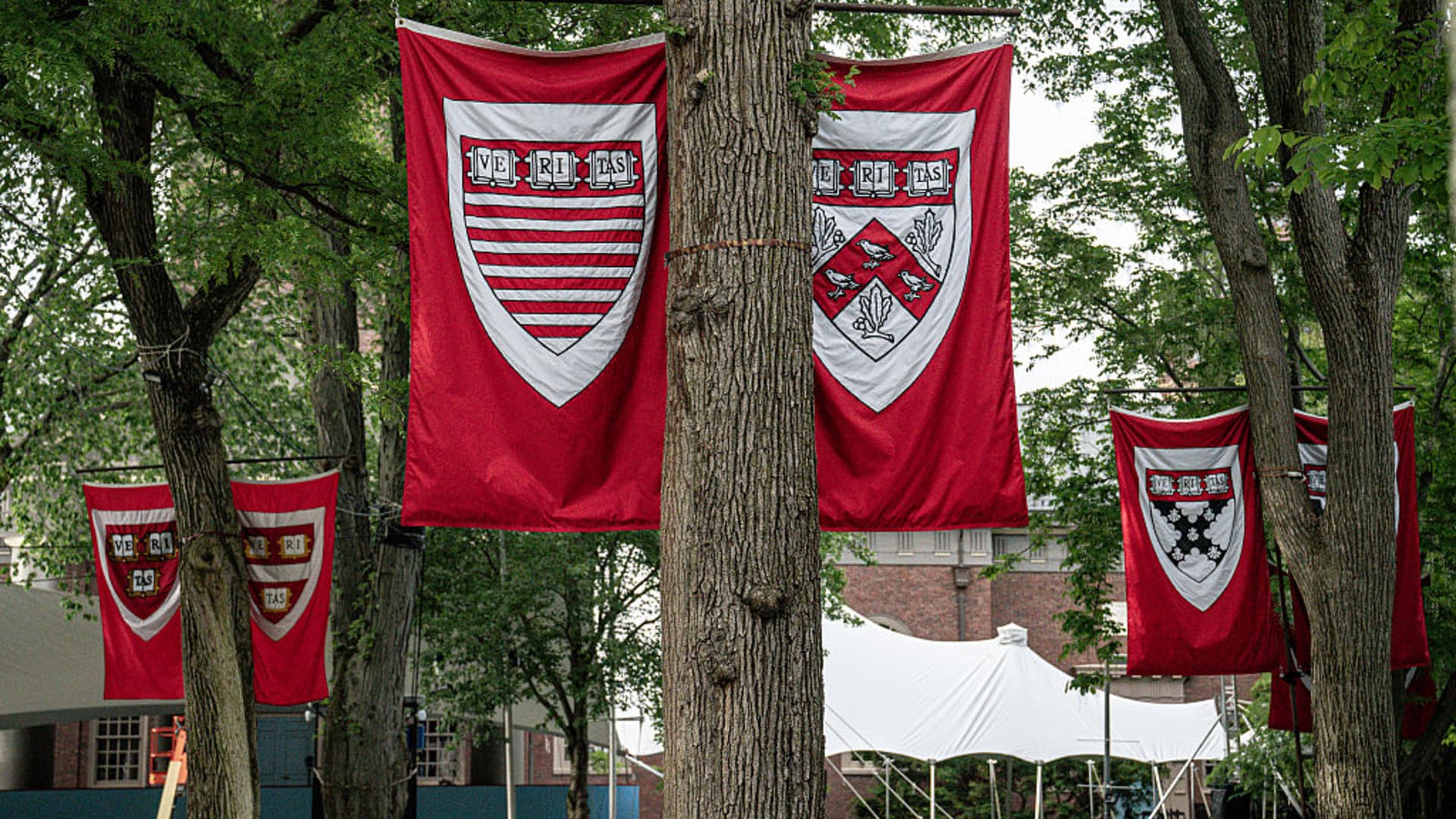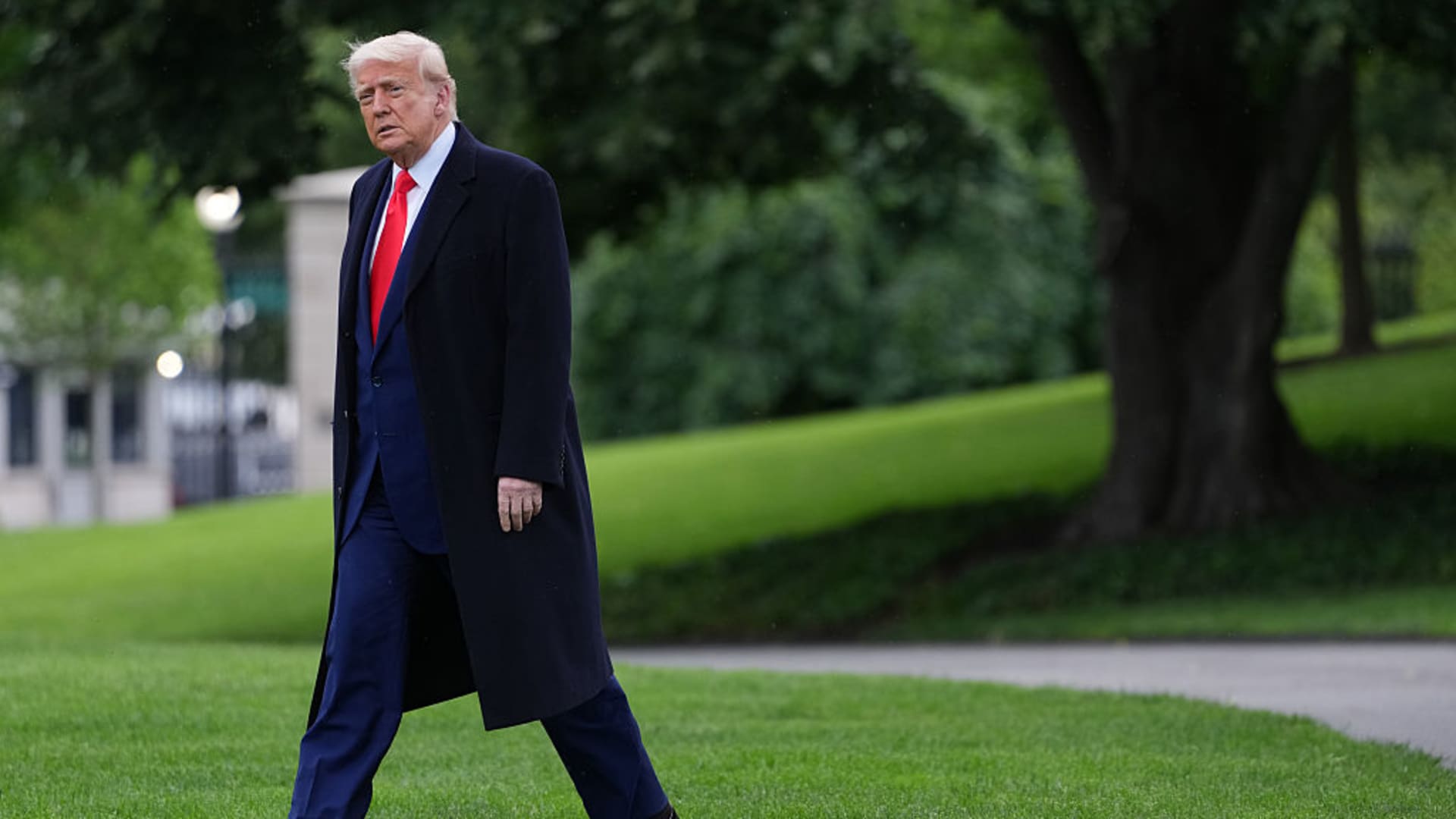In the escalating standoff between Harvard University and the White House, trade schools could come out on top.
As part of a broader crackdown at the nation’s wealthiest and most elite Ivy League schools, President Donald Trump recently signaled that he would divert funds from Harvard to financially support vocational training.
“I am considering taking THREE BILLION DOLLARS of Grant Money away from a very antisemitic Harvard, and giving it to TRADE SCHOOLS all across our land,” Trump posted on Monday on Truth Social.
It’s unclear how the president’s plan might work, and there would be many obstacles associated with redirecting federal funding. But the president’s comments underscore a changing perspective around alternative career pathways.
In an interview on CNBC Wednesday, U.S. Secretary of Education Linda McMahon said, “the paradigm, looking at education, is shifting.”
“More adults, who are looking to upskill, are looking at different programs — two-year or short-term programs,” McMahon said on CNBC’s “Squawk Box.” “We believe there are other ways to train people to make a good living for their families in this country, and maybe not go into the debt of four-year universities.”
More from Personal Finance:
Harvard students are ‘frantic,’ college consultant says
Wage garnishment for defaulted student loans to begin
Is college still worth it? It is for most, but not all
The rising cost of college and ballooning student loan balances have played a large role in changing views about the higher education system.
Overall, college enrollment is still climbing, but largely driven by gains at community colleges as more students choose shorter-term credentials at a lower cost.
Undergraduate enrollment increased across the major institutional sectors this spring. However, community colleges notched the largest uptick, rising 5% year over year, according to a recent report by the National Student Clearinghouse Research Center. Undergraduate certificate program enrollment also jumped from a year ago, and is now up 20% since 2020.
“This is great news for community colleges, and especially for those with strong vocational programs,” said Doug Shapiro, the National Student Clearinghouse Research Center’s executive director. “Four-year colleges can also feel good about higher numbers of undergraduates this spring, but their growth rates are slower.”
Is college still worth it?
Increasingly, high school students are questioning whether a four-year degree is worth it.
Roughly 42% of high school students say they are pivoting to technical and career training or credentialing, or are planning to enroll in a local and less-expensive community college or in-state public school, according to a separate survey of 1,000 seniors, juniors and sophomores by the College Savings Foundation. That’s up from 37% last year.
A shortage of skilled tradespeople, due to experienced workers aging out of the field, is also boosting the number of job opportunities and pay in those roles.
“Career programs at community colleges provide students with accessible, affordable and accredited credentials and certificates that lead to jobs in their local communities and in the global economy,” said Walter Bumphus, president and CEO of the American Association of Community Colleges.
“In President Trump’s first term we were able to partner with the U.S. Department of Labor to increase the number of apprenticeship programs and services across the nation, garnering 22,000 registered apprentices across 633 occupations, illustrating what is possible when we harness the power of partnering with the nation’s community colleges,” Bumphus said in an email.
However, as lower-income students increasingly choose to attend community colleges or career training programs, there may be consequences for their longer-term financial standing, other reports show.
Attending college once provided a similar wage premium for students regardless of their parents’ financial standing, but that’s changed in recent years, according to a working paper by the National Bureau of Economic Research.
As “lower-income students have been disproportionately diverted into community and for-profit colleges,” their return on investment has suffered, the report found: “Higher-income students now derive greater average observational value from going to college than the lower-income students.”
In other words, despite efforts to improve college access, wealthier students, who are more likely to enroll in four-year schools, get a bigger payoff.
What is an Ivy League degree worth?
Meanwhile, getting an Ivy League degree has a “statistically insignificant impact” on future earnings, according to a 2023 report by Harvard University-based nonpartisan, nonprofit research group Opportunity Insights based on admissions data from several private and public colleges.
Even attending a college in the “Ivy-plus” category — which typically includes other top schools like Stanford University, Duke University, the University of Chicago and Massachusetts Institute of Technology — rather than a highly selective public institution, has benefits, the report found. It nearly doubles the chances of going on to an elite graduate school and triples the chances of working at a prestigious firm.
Further, it increases students’ chances of ultimately reaching the top 1% of the earnings distribution by 60%, the Opportunity Insights report found.
“Highly selective private colleges serve as gateways to the upper echelons of society,” the group of Harvard and Brown University-based economists who authored the report said. “Because these colleges currently admit students from high-income families at substantially higher rates than students from lower-income families with comparable academic credentials, they perpetuate privilege.”
Subscribe to CNBC on YouTube.


 Accounting1 week ago
Accounting1 week ago
 Economics1 week ago
Economics1 week ago
 Personal Finance1 week ago
Personal Finance1 week ago
 Accounting1 week ago
Accounting1 week ago
 Finance6 days ago
Finance6 days ago
 Economics1 week ago
Economics1 week ago
 Economics1 week ago
Economics1 week ago
 Economics1 week ago
Economics1 week ago












